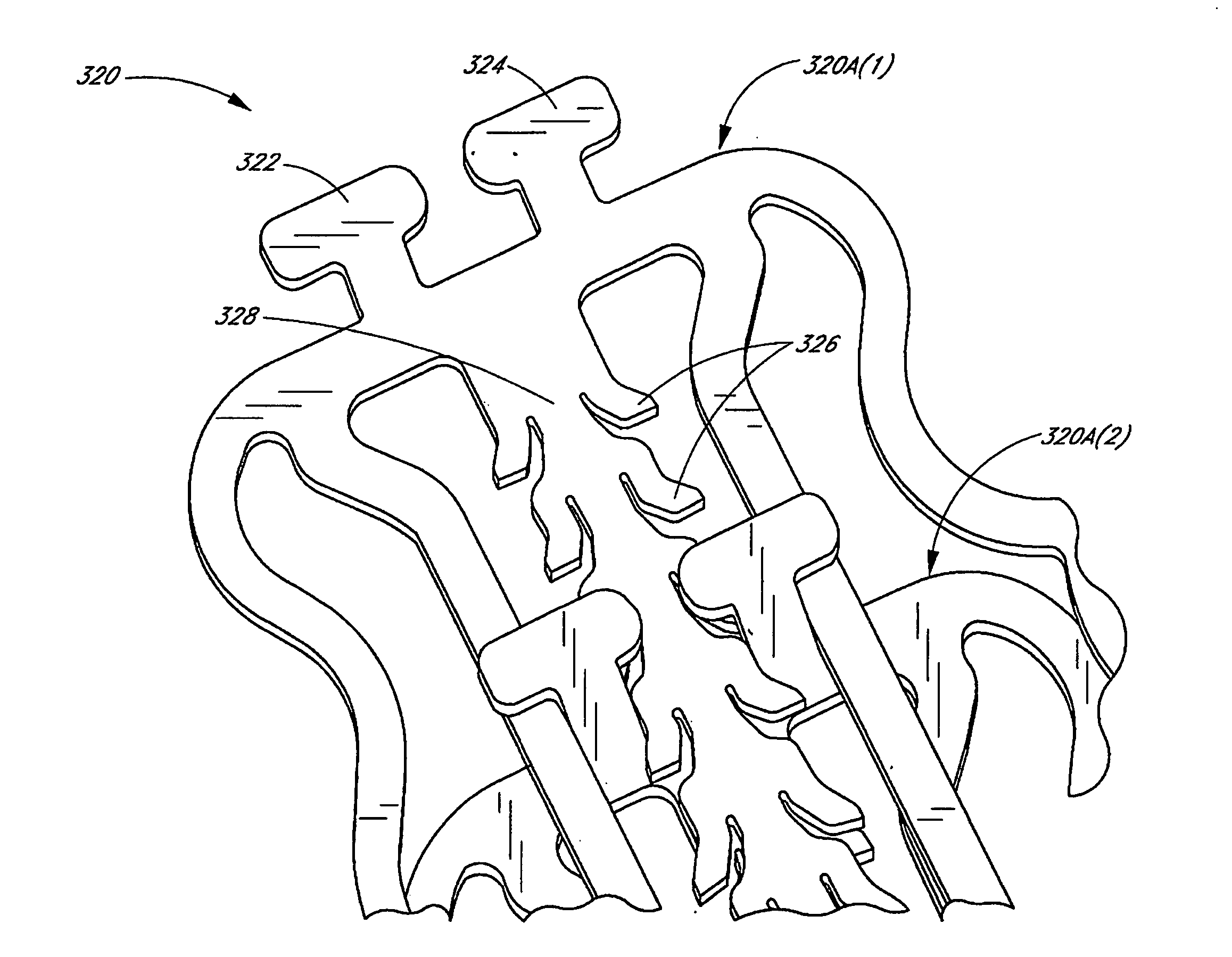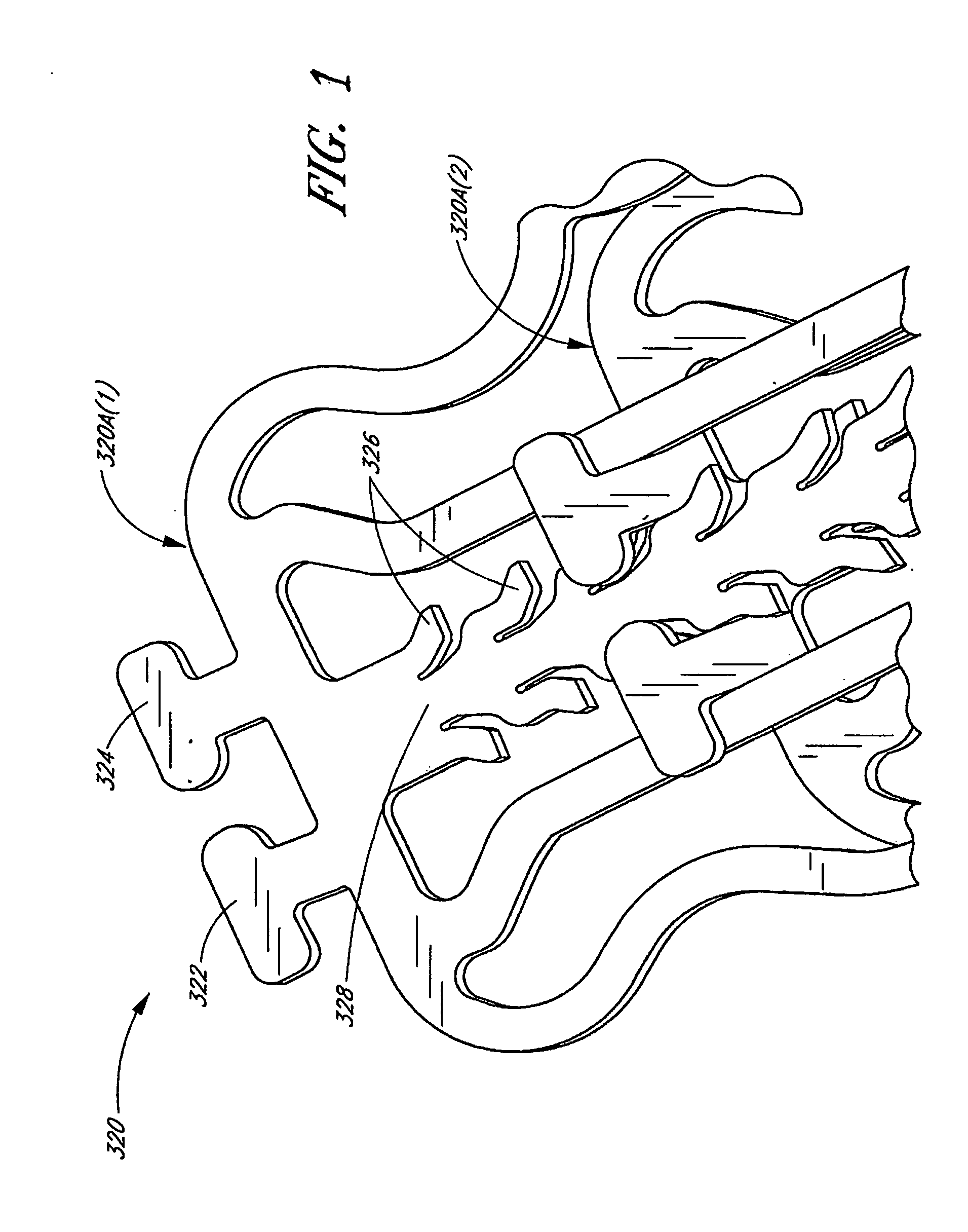Inherently radiopaque bioresorbable polymers for multiple uses
a bioresorbable polymer, radiopaque technology, applied in the direction of prosthesis, blood vessels, extracellular fluid disorder, etc., can solve the problems of intimal hyperplasia, permanent residents within the vessel walls, and further occlusion of the vessel
- Summary
- Abstract
- Description
- Claims
- Application Information
AI Technical Summary
Benefits of technology
Problems solved by technology
Method used
Image
Examples
example 1
SYNTHESIS OF (3-(3-IODO-4-HYDROXYPHENYL)PROPANOIC ACID-TYROSINE ETHYL ESTER)
[0219]
[0220] Monomer (3-(3-iodo-4-hydroxyphenyl)propanoic acid tyrosine ethyl ester) is a bisphenol carrying one iodine atom at position 3 of one of the two phenolic rings. This bifunctional molecule may be polymerized as illustrated in subsequent Examples. This Example describes a method used to introduce the iodine atom in the aromatic ring of (4-hydroxyphenyl)propanoic acid, and the coupling of this iodinated derivative with tyrosine ethyl ester in order to obtain 3-(3-iodo-4-hydroxyphenyl)propanoic acid-tyrosine ethyl ester).
Iodination of 3-(4-hydroxyphenyl)propanoic acid
[0221] Preparation of solution (a): to a 250 mL Erlenmeyer flask is added 100 mL of distilled water, 24 g of potassium iodide, and 25 g of iodine. The mixture is stirred overnight until all solids dissolved.
[0222] Preparation of solution (b): 16.6 g (0.1 mole) of (4-hydroxyphenyl)propanoic acid is placed in a 3-necked Morton-type rou...
example 2
SYNTHESIS OF (3-(3-IODO-4-HYDROXYPHENYL)-2-PROPENOIC ACID-TYROSINE ETHYL ESTER)
[0228]
[0229] Monomer (3-(3-iodo-4-hydroxyphenyl)-2-propenoic acid-tyrosine ethyl ester) is a bisphenol carrying one iodine atom at position 3 of one of the two phenolic rings. This bifunctional molecule may be polymerized as illustrated in the subsequent Examples. This Example describes a method that may be used to introduce the iodine atom in the aromatic ring of (3-(4-hydroxyphenyl)-2-propenoic acid, and the coupling of this iodinated derivative with tyrosine ethyl ester in order to obtain (3-(3-iodo-4-hydroxyphenyl)-2-propenoic acid-tyrosine ethyl ester).
Iodination of (3-(4-hydroxyphenyl)-2-propenoic acid
[0230] Preparation of solution (a): to a 250 mL Erlenmeyer flask may be added 100 mL of distilled water, 24 g of potassium iodide, and 25 g of iodine. The mixture may be stirred overnight until all solids dissolved.
[0231] Preparation of solution (b): 16.6 g of (3-(4-hydroxyphenyl)-2-propenoic acid ...
example 3
SYNTHESIS OF (2-(3-IODO-4-HYDROXYBENZYL)METHYL MALONATE-TYROSINE ETHYL ESTER)
[0235]
[0236] Monomer (2-(3-iodo-4-hydroxybenzyl)methyl malonate tyrosine ethyl ester) is a bisphenol carrying one iodine atom at position 3 of one of the two phenolic rings. This bifunctional molecule may be polymerized as illustrated in the subsequent Examples. This Example describes a method that may be used to introduce the iodine atom in the aromatic ring of (2-(4-hydroxybenzyl)methyl malonate and the coupling of this iodinated derivative with tyrosine ethyl ester in order to obtain (2-(3-iodo-4-hydroxybenzyl)methyl malonate-tyrosine ethyl ester).
Iodination of 2-(4-hydroxybenzyl)methyl malonate
[0237] Preparation of solution (a): to a 250 mL Erlenmeyer flask may be added 100 mL of distilled water, 24 g of potassium iodide, and 25 g of iodine. The mixture may be stirred overnight until all solids dissolved.
[0238] Preparation of solution (b): 22 g of 2-(4-hydroxybenzyl)methyl malonate may be placed in ...
PUM
| Property | Measurement | Unit |
|---|---|---|
| thickness | aaaaa | aaaaa |
| thickness | aaaaa | aaaaa |
| thickness | aaaaa | aaaaa |
Abstract
Description
Claims
Application Information
 Login to View More
Login to View More - R&D
- Intellectual Property
- Life Sciences
- Materials
- Tech Scout
- Unparalleled Data Quality
- Higher Quality Content
- 60% Fewer Hallucinations
Browse by: Latest US Patents, China's latest patents, Technical Efficacy Thesaurus, Application Domain, Technology Topic, Popular Technical Reports.
© 2025 PatSnap. All rights reserved.Legal|Privacy policy|Modern Slavery Act Transparency Statement|Sitemap|About US| Contact US: help@patsnap.com



